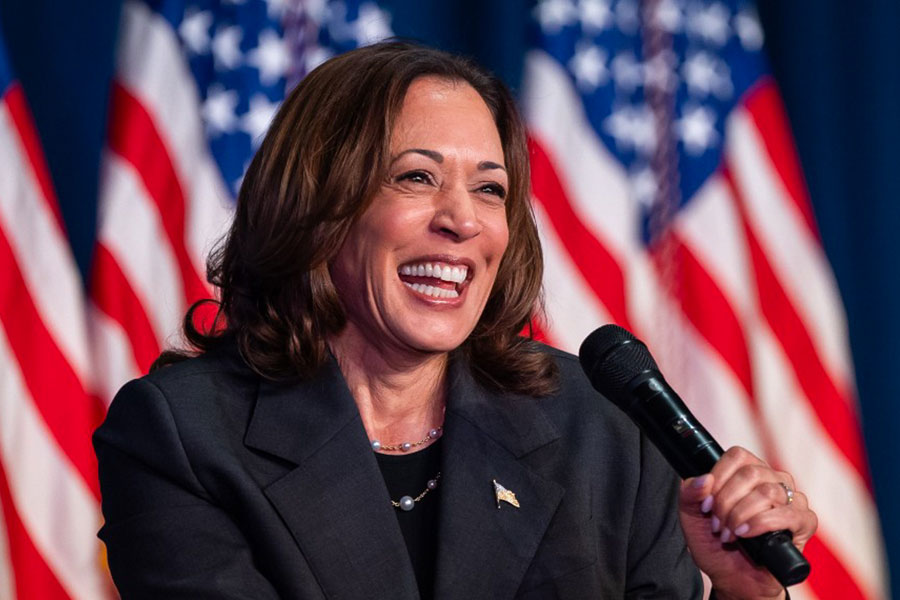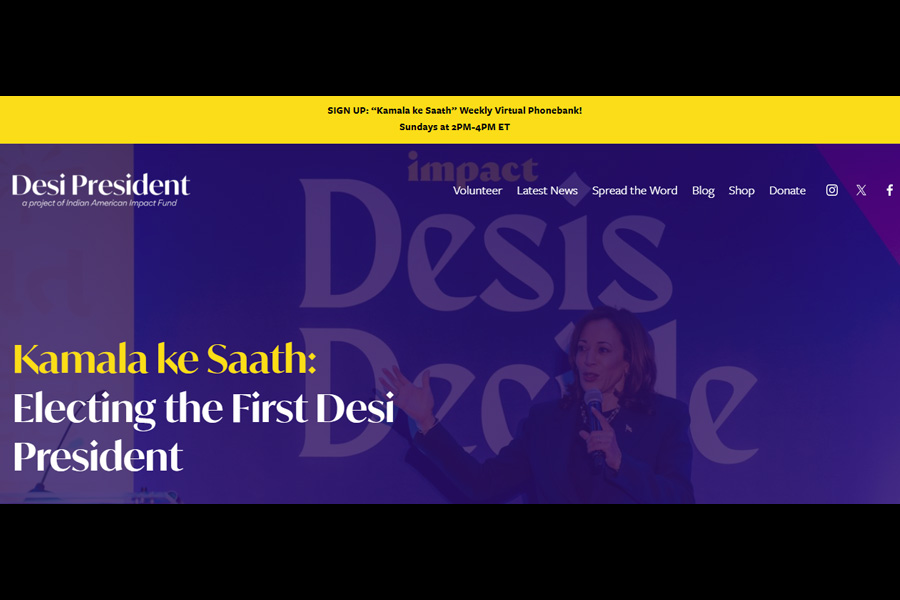New gels could protect buildings during wildfires
Stanford University
image:
During a test on plywood, researchers showed how the new gel transitions from a hydrogel to an aerogel under heat from a gas hand-torch. The torch burned at a much higher temperature than would result from a wildfire. | Andrea d’Aquino
view moreCredit: Andrea d'Aquino
As climate change creates hotter, drier conditions, we are seeing longer fire seasons with larger, more frequent wildfires. In recent years, catastrophic wildfires have destroyed homes and infrastructure, caused devastating losses in lives and livelihoods of people living in affected areas, and damaged wildland resources and the economy. We need new solutions to fight wildfires and protect areas from damage.
Researchers at Stanford have developed a water-enhancing gel that could be sprayed on homes and critical infrastructure to help keep them from burning during wildfires. The research, published Aug. 21 in Advanced Materials, shows that the new gels last longer and are significantly more effective than existing commercial gels.
“Under typical wildfire conditions, current water-enhancing gels dry out in 45 minutes,” said Eric Appel, associate professor of materials science and engineering in the School of Engineering, who is senior author of the paper. “We’ve developed a gel that would have a broader application window – you can spray it further in advance of the fire and still get the benefit of the protection – and it will work better when the fire comes.
Long-lasting protection
Water-enhancing gels are made of super-absorbent polymers – similar to the absorbent powder found in disposable diapers. Mixed with water and sprayed on a building, they swell into a gelatinous substance that clings to the outside of the structure, creating a thick, wet shield. But the conditions in the vicinity of a wildfire are extremely dry – temperatures can be near 100 degrees, with high winds and zero percent humidity – and even water locked in a gel evaporates fairly quickly.
In the gel designed by Appel and his colleagues, the water is just the first layer of protection. In addition to a cellulose-based polymer, the gel contains silica particles, which get left behind when the gels are subjected to heat. “We have discovered a unique phenomenon where a soft, squishy hydrogel seamlessly transitions into a robust aerogel shield under heat, offering enhanced and long-lasting wildfire protection. This environmentally conscious breakthrough surpasses current commercial solutions, offering a superior and scalable defense against wildfires,” said the lead author of the study, Changxin “Lyla” Dong.
“When the water boils off and all of the cellulose burns off, we’re left with the silica particles assembled into a foam,” Appel said. “That foam is highly insulative and ends up scattering all of the heat, completely protecting the substrate underneath it.”
The silica forms an aerogel – a solid, porous structure that is a particularly good insulator. Similar silica aerogels are used in space applications because they are extremely lightweight and can prevent most methods of heat transfer.
The researchers tested several formulations of their new gel by applying them to pieces of plywood and exposing them to direct flame from a gas hand-torch, which burns at a considerably higher temperature than a wildfire. Their most effective formulation lasted for more than 7 minutes before the board began to char. When they tested a commercially available water-enhancing gel in the same way, it protected the plywood for less than 90 seconds.
“Traditional gels don’t work once they dry out,” Appel said. “Our materials form this silica aerogel when exposed to fire that continues to protect the treated substrates after all the water has evaporated. These materials can be easily washed away once the fire is gone.”
A serendipitous discovery
The new gels build off of Appel’s previous wildfire prevention work. In 2019, Appel and his colleagues used these same gels as a vehicle to hold wildland fire retardants on vegetation for months at a time. The formulation was intended to help prevent ignition in wildfire-prone areas.
“We’ve been working with this platform for years now,” Appel said. “This new development was somewhat serendipitous – we were wondering how these gels would behave on their own, so we just smushed some on a piece of wood and exposed it to flames from a torch we had laying around the lab. What we observed was this super cool outcome where the gels puffed up into an aerogel foam.”
After that initial success, it took several years of additional engineering to optimize the formulation. It is now stable in storage, easily sprayable with standard equipment, and adheres well to all kinds of surfaces. The gels are made of nontoxic components that have already been approved for use by the U.S. Forest Service, and the researchers conducted studies to show that they are easily broken down by soil microbes.
“They’re safe for both people and the environment,” Appel said. “There may need to be additional optimization, but my hope is that we can do pilot-scale application and evaluation of these gels so we can use them to help protect critical infrastructure when a fire comes through.”
For more information
Appel is a senior fellow of the Stanford Woods Institute for the Environment; a member of Stanford Bio-X, the Stanford Cardiovascular Institute, the Wu Tsai Human Performance Alliance, the Maternal & Child Health Research Institute, the Stanford Cancer Institute, and the Wu Tsai Neurosciences Institute; and a faculty fellow of Stanford Sarafan ChEM-H.
Additional Stanford co-authors of this research include postdoctoral researchers Andrea I. d’Aquino and Samya Sen; graduate students Changxin Dong and Anthony C. Yu; and undergraduate student Ian A. Hall.
Other co-authors on this work are from California Polytechnic State University.
This work was funded by the Gordon & Betty Moore Foundation, Schmidt Science Fellows, and the National Science Foundation.
Journal
Advanced Materials
Article Title
Water-Enhancing Gels Exhibiting Heat-Activated Formation of Silica Aerogels for Protection of Critical Infrastructure During Catastrophic Wildfire
Article Publication Date
21-Aug-2024



